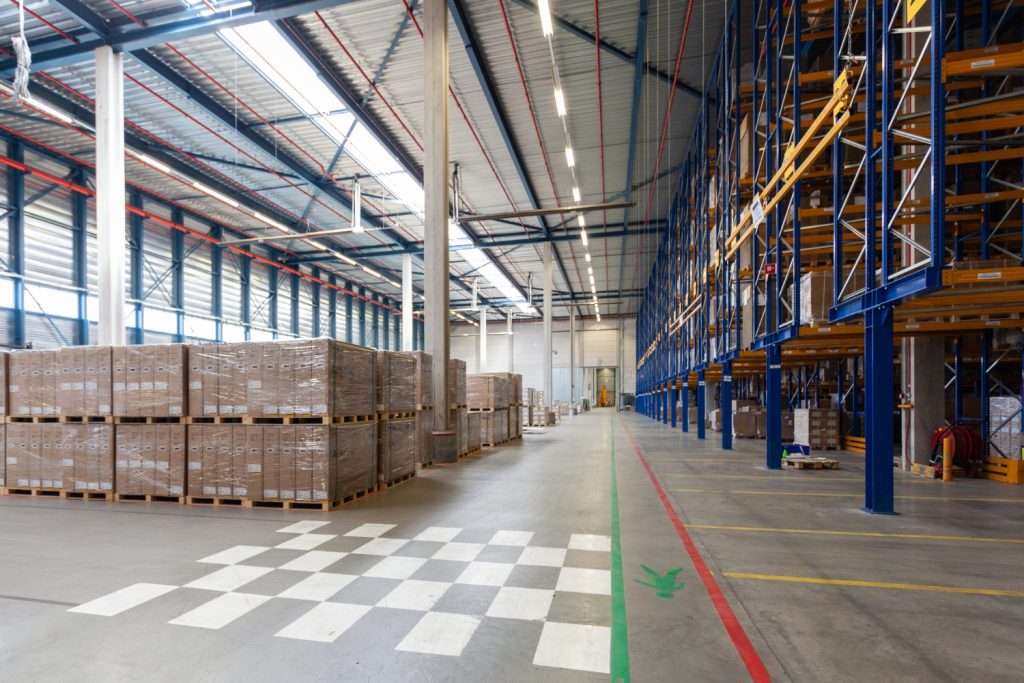
Imagine a factory where workers waste hours due to unclear tasks, sluggish machines, or misplaced supplies, sound unproductive? Well, it is, and such things happen more frequently than you would expect. Many manufacturers waste time in daunting ways that impede production and increase expenses. Thankfully, there are straightforward means to reclaim that lost time. This blog post will discuss six general time-wasting practices within manufacturing. Along with that, it will provide useful suggestions on how to tackle them. Reclaim your time and elevate productivity with these improvements.
1. Poor Communication
In manufacturing, poor communication can lead to huge time wastage. Instead of having clear, synchronized teams, those who work in such environments find themselves confused. Missing important updates, delayed reports, and unclear instructions slow down the workflow. To keep this from happening, it is important to establish a clear line of communication among all workers. Adopt communication tools that let teams effortlessly share their words. This ensures everyone stays on the same page. Encourage team meetings, so that each person knows their role and tasks well. Improvement in communication cuts down errors and quickens decision-making. Reaching more unity and increased output becomes possible through this practice across your manufacturing process.
2. Unorganized Workflows
In a factory, if workers do not follow systematic processes, it can result in a significant waste of time. When employees are unclear about their responsibilities or when they should execute them, the output drops. Obviously, it’s not good for business. To get rid of this, you should standardize your processes. Document every step so any worker can easily understand it. This prevents any confusion. Regularly check how these processes work and, one by one, improve them. Using tools that support manufacturing product lifecycle management can help track each phase more clearly, ensuring workflows remain efficient and aligned. This helps discover any blockages. Reaching cohesive and effective operations becomes possible by executing these standard practices. This reduces time waste and increases overall output in your factory.
3. Broken Machines
Time wastage in manufacturing can happen if machines break down regularly. When such events happen, production stops, and waiting around for repairs costs a lot of money. To avoid this, regular maintenance should be done on all your machines. Notice any small problems right away and fix them instantly instead of waiting for the machine to break down. If you reduce downtime this way by taking preventative measures, your output will increase, and operational expenses will lower. Surprising halts in production can be avoided by consistently looking after your tools and taking fast actions so that any interruption to your workflow is kept at bay.
4. Poor Resource Management
Time can be greatly wasted when resources such as raw materials or employees are not managed well. People have to look for needed supplies, or even worse, machines have to stop running because there are no materials left. To avoid this, make sure that every supply is well looked after and available when needed. Implement a scheduling system that puts your workers where they are most effective. Do not let important tools gather dust without use. Optimize your production process so resources are used most effectively. Good resource management ensures that everyone and everything is always ready to go. This cuts down on wastage and helps increase your overall productivity.
5. Outdated Technology
If you use outdated technology in your factory, it can really hold back your productivity. Just imagine slow computers and old machines causing constant hold-ups. Outdated tools can’t keep up with the work demand, and they often produce more mistakes. To boost your output instantly, consider investing in new machines and better software. Outdated technology gives way to improved speed and precision. This upgrade reduces surprising downtimes. Surging ahead in effectiveness and staying competitive in the business world gives you a better edge by using the newest advancements in technology and equipment.
6. Excessive Meetings
Although meetings have their place at work, too many of them can waste valuable time. People get pulled away from their main tasks, and their workday gets disturbed. Meetings that go on forever without any outcome are especially annoying. Every meeting should have a specific objective and only feature attendees required for that meeting. Create an agenda ahead of time, so everyone can prepare well before what to talk about. This helps make sure participation is effective. Instead of brainstorming at meetings, sometimes the discussion could be more productive if done through email messaging. Reduce pointless meetings, and you will see that much lost time gets saved while output rises significantly.
Conclusion
Time wastage can greatly hamper production and increase expenses in the manufacturing world. With better communication and improved resource management, you can reclaim this lost time. Standardized workflows give more consistency, while regular machine maintenance helps avoid downtime. Surging ahead with new technology gives you a competitive edge, and cutting back on needless meetings boosts employee productivity. Reworking these parts of your operation brings more effective use of time and improves the profit margin. This lets your business run smoother and stay competitive in the market. Reclaiming time helps focus more on growth and customer satisfaction.